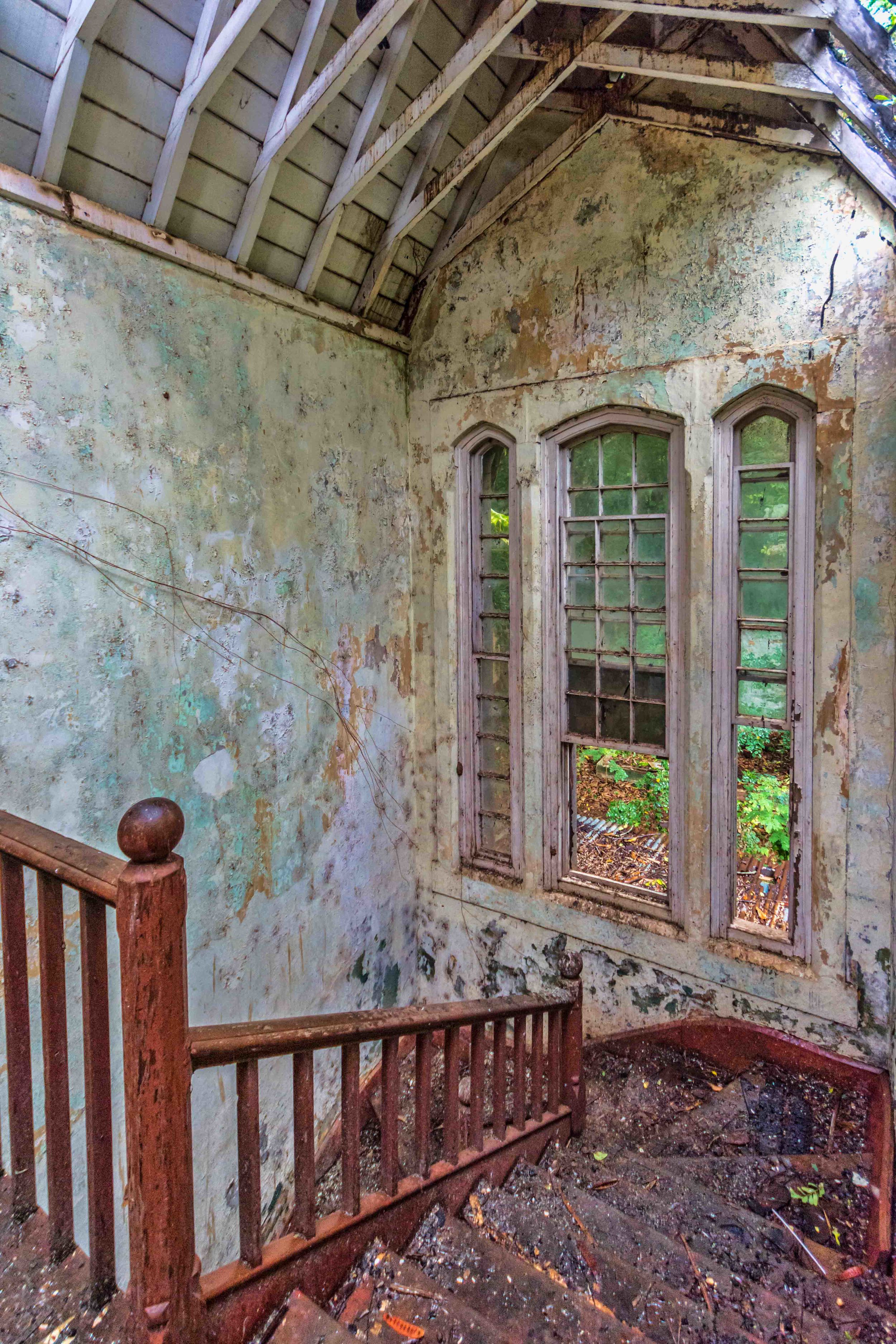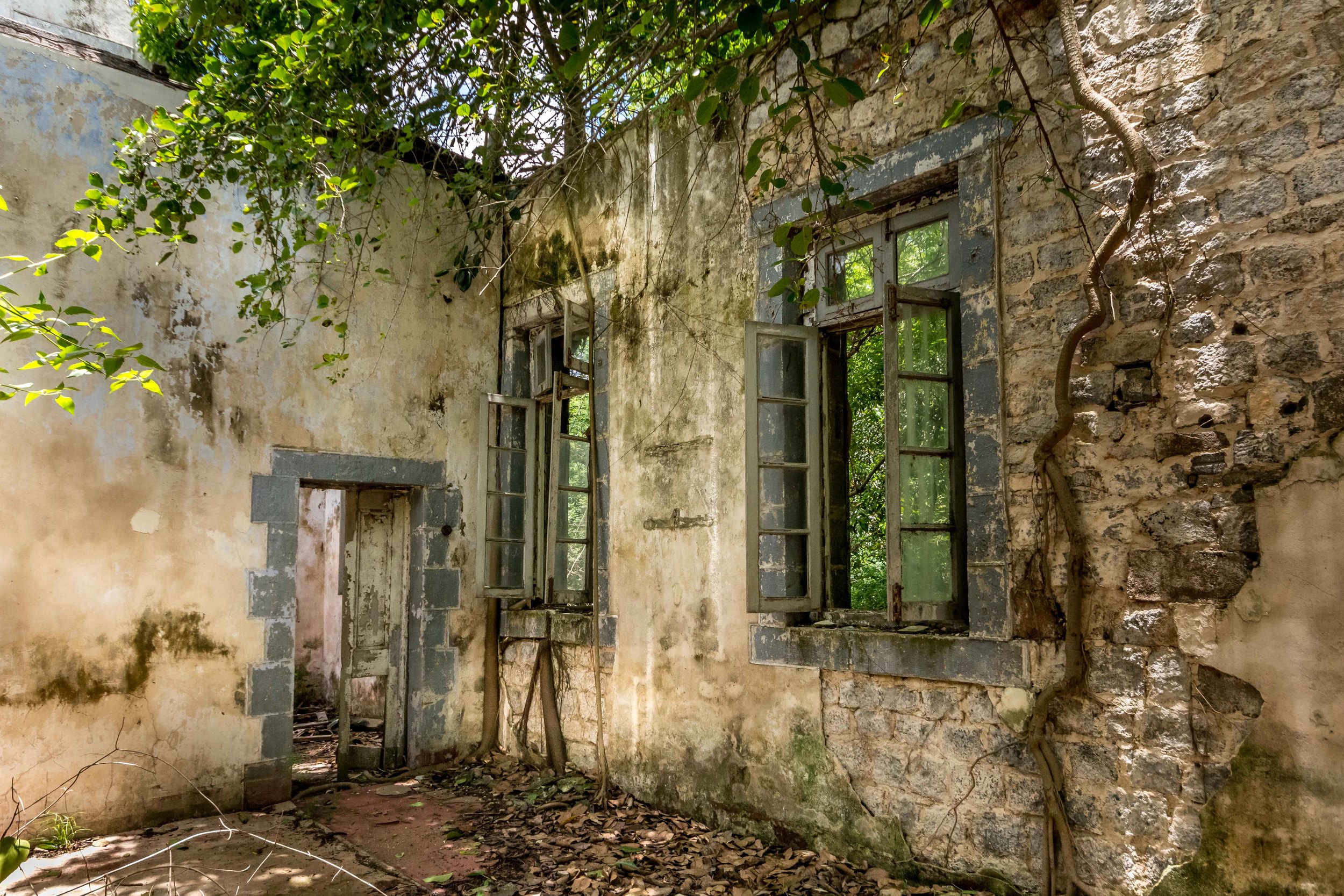Some months ago, my daughter (Katherine) gave me a book of photographs of Mauritius, titled Mauritius The Stone Age, by Jano Couacoud. In it are two photographs of an orphanage, and a short description, quoted below:
"The Government Orphan Asylum in Pamplemousses opened in 1859. The orphanage's role was to provide shelter and education for orphans so that they would be useful to the community. Orphans, following the epidemics that struck their parents, were collected at the Asylum. The majority were of Indian origin. There were also children of African and European descent."
In the 1850's cholera killed 3 500 people and in the 1860's malaria killed 32 000, a ninth of the population.
People barely had time to bury their dead, large numbers of funerals were proceeding at the same time all over the island between 1866 and 1868.
In 1865 floods killed 21 people. There was a terrible cyclone in 1868 that caused havoc in the impoverished villages. In 1892, one of the worst cyclones in the history of Mauritius killed 1 100, injured 2000 and made another 80 000 homeless. The country with a population of near 300 000 was brought to its knees.
The above information was obtained from an internet version of Sydney Selvons 2012 book, A New Comprehensive History of Mauritius, Volume 2.
On 2 January 2014, we had a close but harmless brush with Cyclone Bejisa. My wife, daughter (Jacqui) and I took a drive to Point Aux Piments to see and photograph the beach affected by this storm, which turned out to be unremarkable. On our way home to Piton, we passed the entrance to this abandoned orphanage, and we took a closer look at these buildings, that bear the dates 1864 and 1865. To put these dates into context, gold was discovered in Johannesburg in 1886.
We visited the site a total of three times in improving weather. The photographs displayed below are a selection of these images. Click on the image to advance to the next one.

Completed in 1864. There is some modern partitioning on the ground floor and evidence of vagrants using this building for shelter. The staircase is rotten and we did not venture upstairs.
Click for next image.

Note the ground floor is barred, to keep the children in.
click for next image

Old hospital bed parked in the hallway.


The flat topped veranda and different building style suggests this was a later addition, built with the tropical environment in mind.

A door exiting the ground floor dormitory.

From this first floor window, a child could see across to the 1864 building, and what we guess must have been the school rooms on the left.
Click for next image





It appears that construction of something is about to start as evidenced by the gravel heaps.

This building is east facing, opposite the 1854 building.


There is no clear purpose for this tower, although it could have been used for lookout, storage, or punishment. It is to the south (left) of the 1865 building.

This image shows the proximity of the tower to the 1865 building. Visible at the base are the remains of a well.
























Note the high quality stonework, and the bars to keep the children in.

